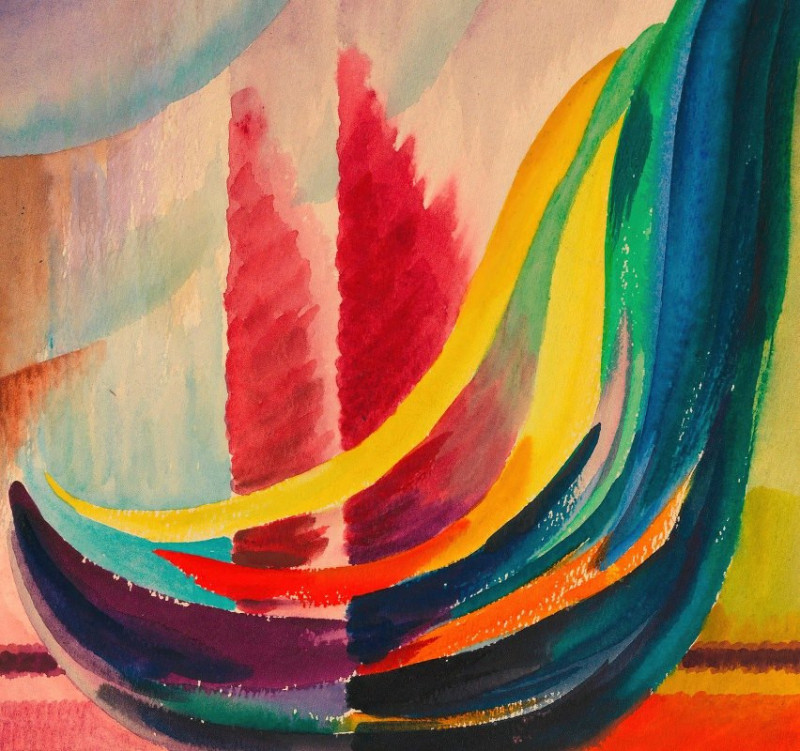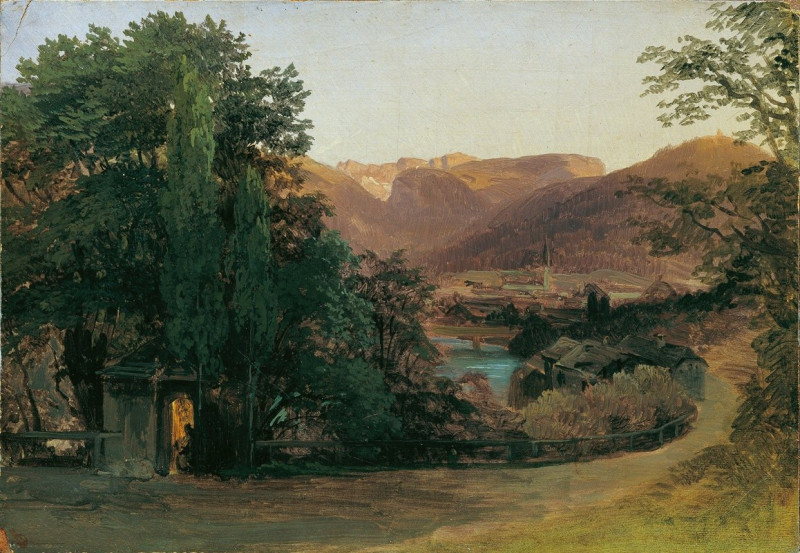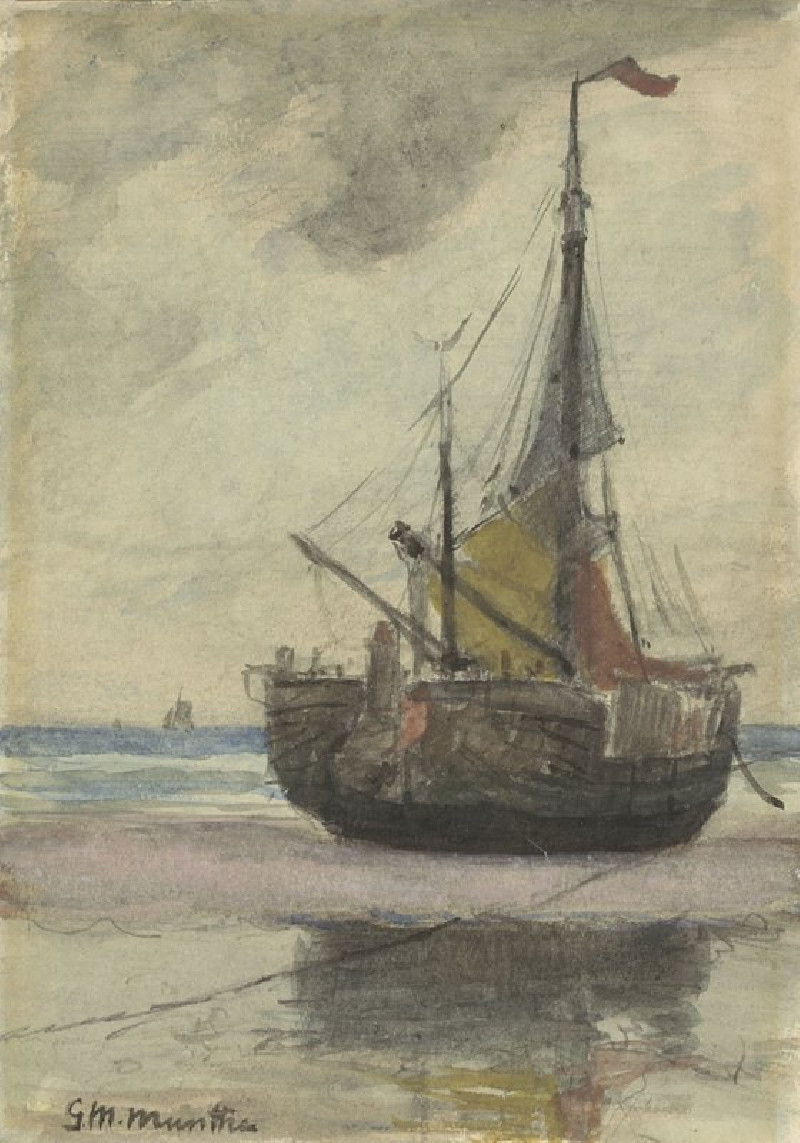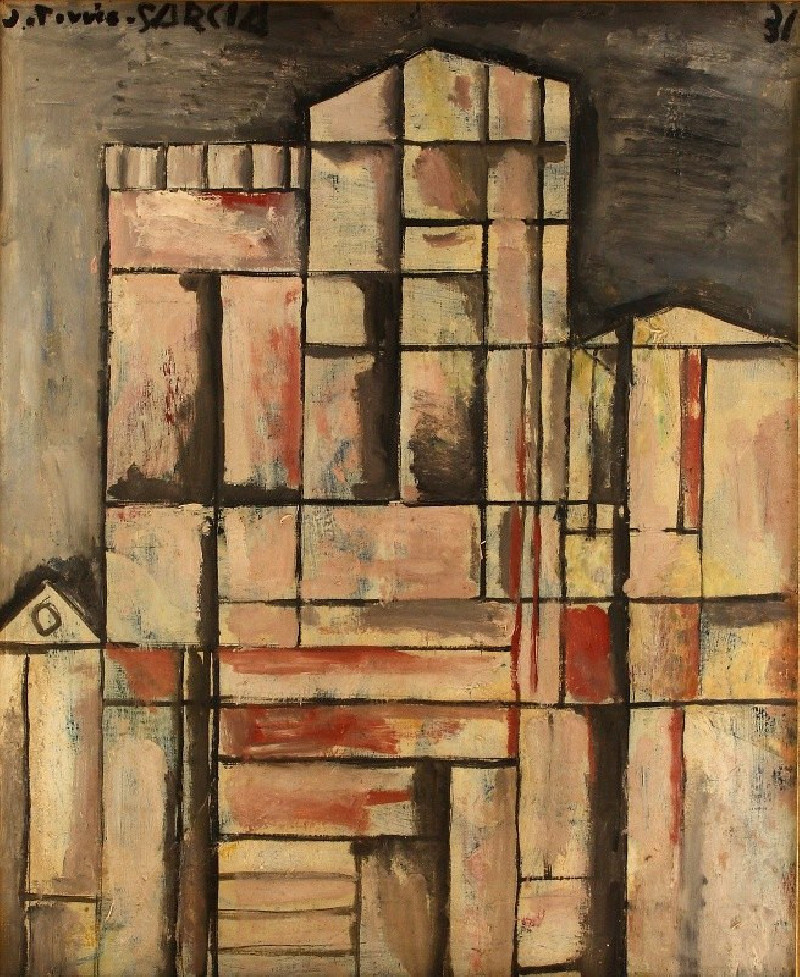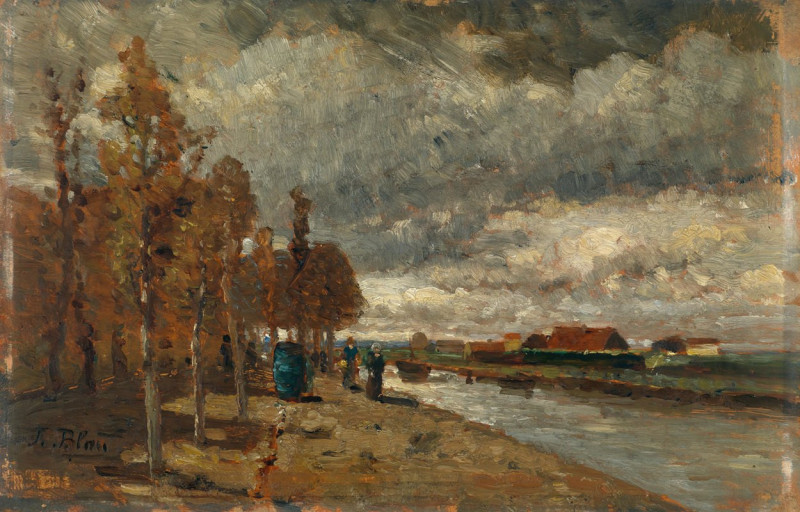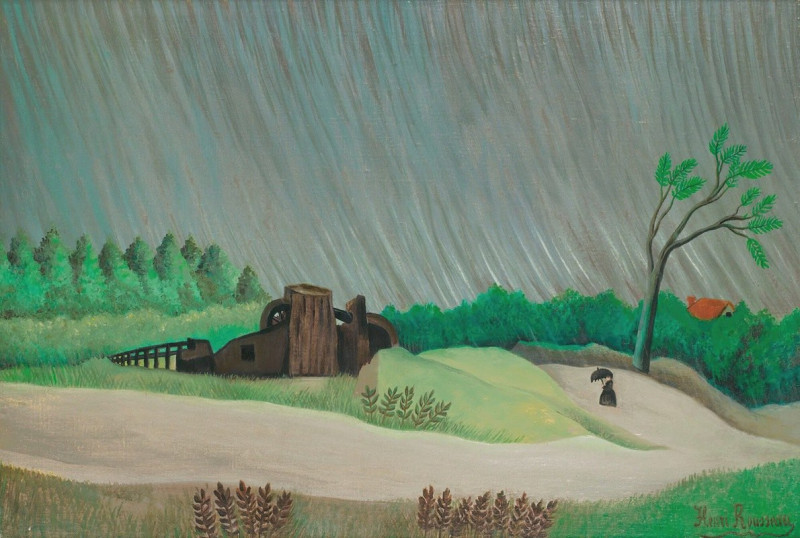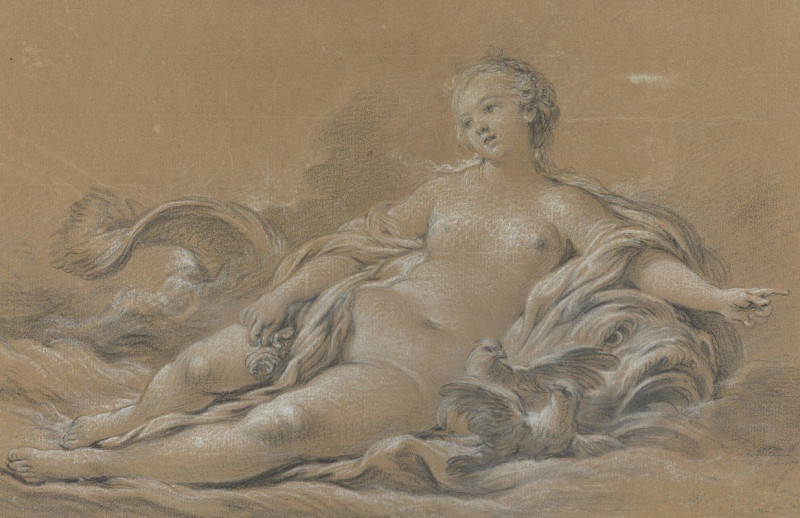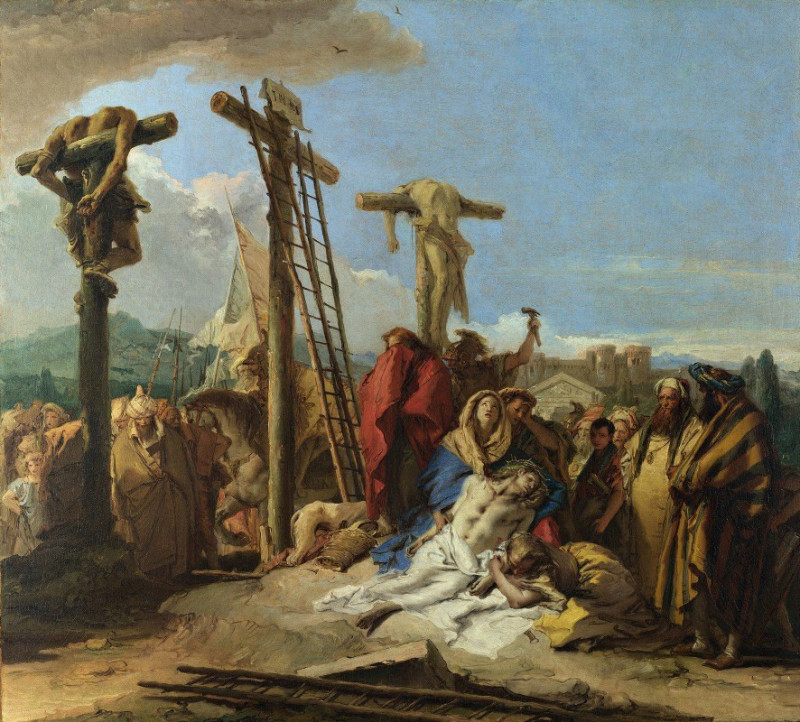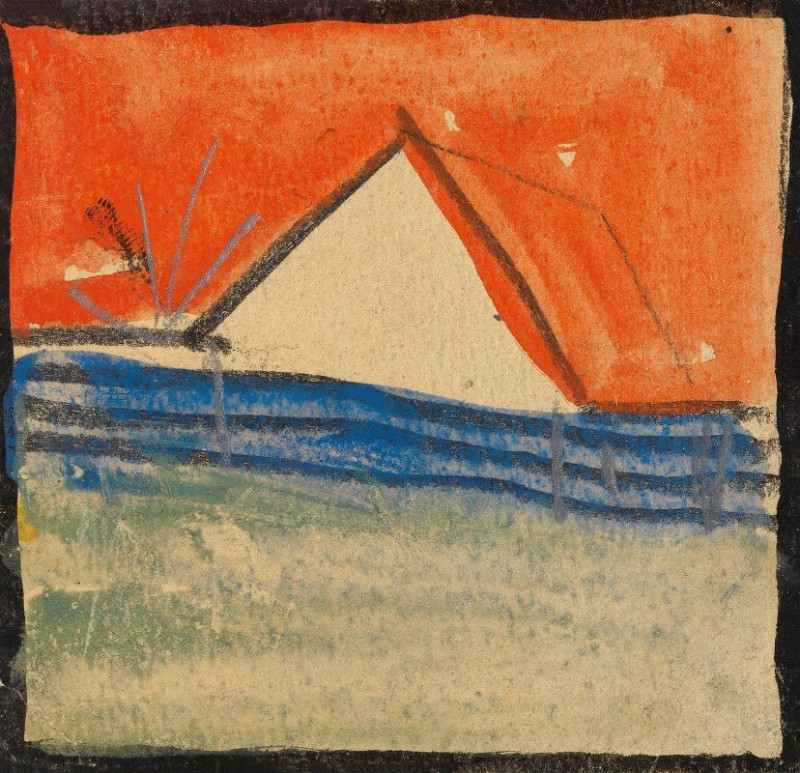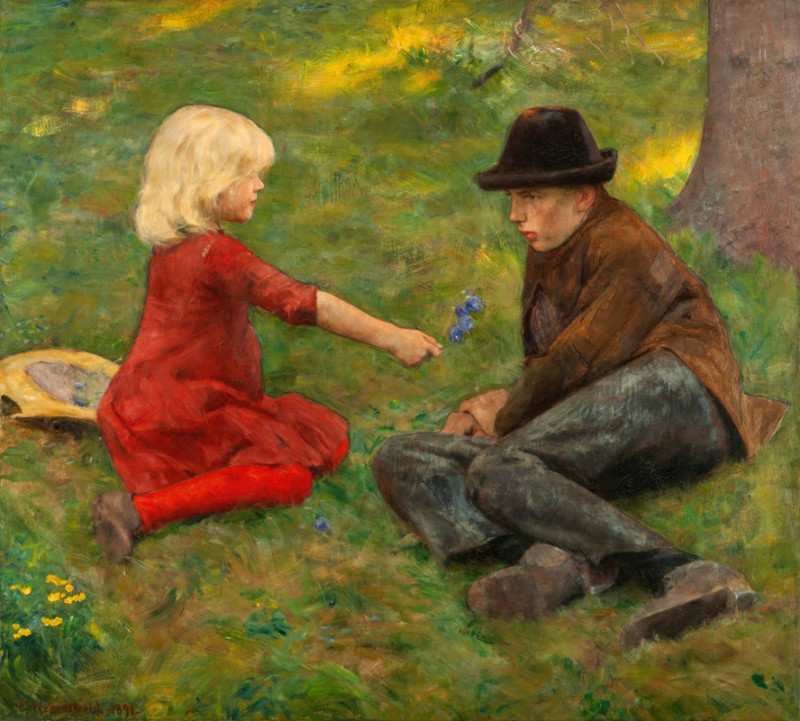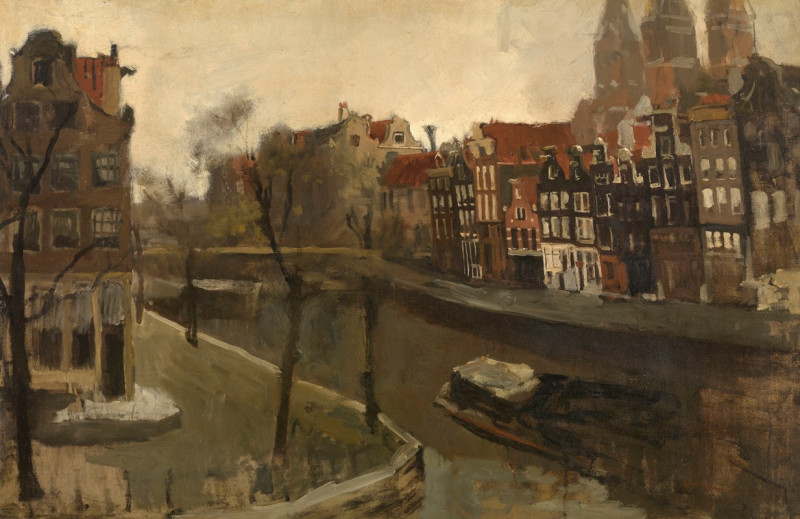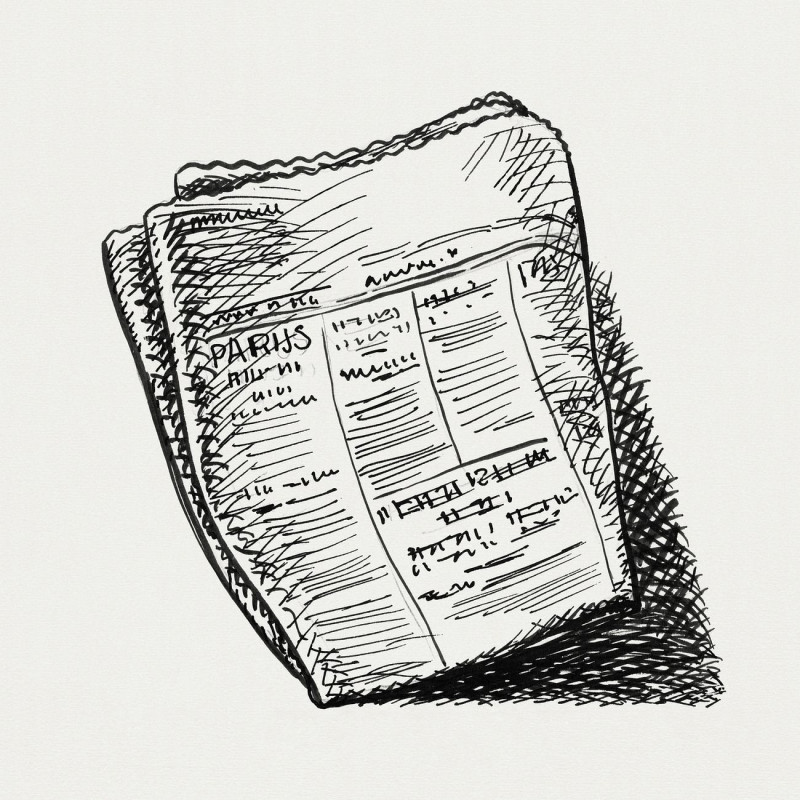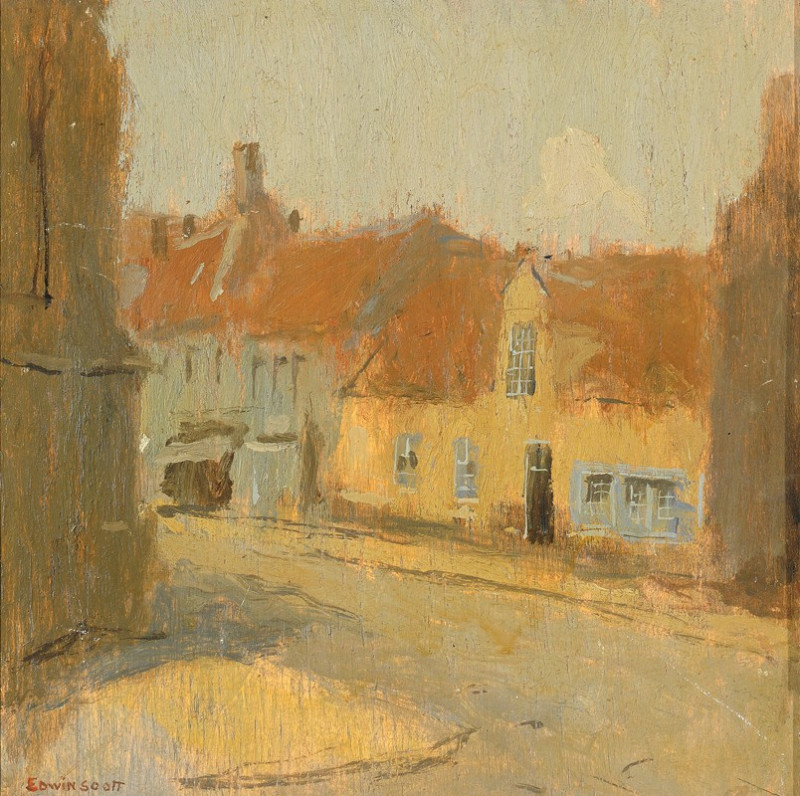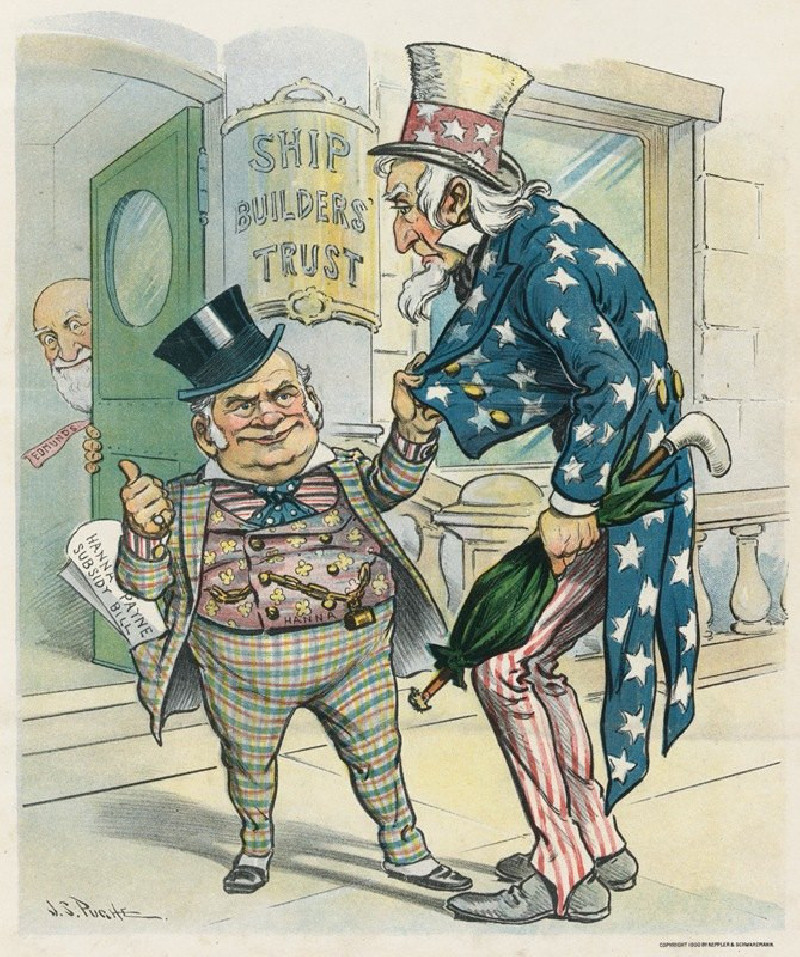Adagio (around 1928)
Technique: Giclée quality print
Recommended by our customers
More about this artwork
In the mesmerizing embrace of Karl Wiener's painting "Adagio" (circa 1928), viewers are treated to a symphony of colors and sweeping forms that transcend the canvas into a vibrant dance of emotion and expression. This artwork, beautifully utilizing the medium of watercolor, showcases Wiener’s exquisite ability to harmonize both tone and movement.The painting presents an interplay of vivid colors and dynamic shapes that seem to pulse with life. Dominating the scene are two red flame-like shapes that surge upward, perhaps symbolic of passion or the human spirit. These are gracefully enveloped by rich, winding ribbons of blues and yellows, suggesting a fluid, almost musical movement. The background, painted in soft pastels, contrasts sharply with these intense colors, providing a tranquil yet profound depth that compels contemplation."Adagio," traditionally a musical term for a slow and steady tempo, is perfectly embodied in this piece. The slow unraveling of shapes and gradation of colors may represent a slow dance or a calm, introspective melody, inviting viewers to pause and reflect on the emotions conveyed through the abstract forms.

